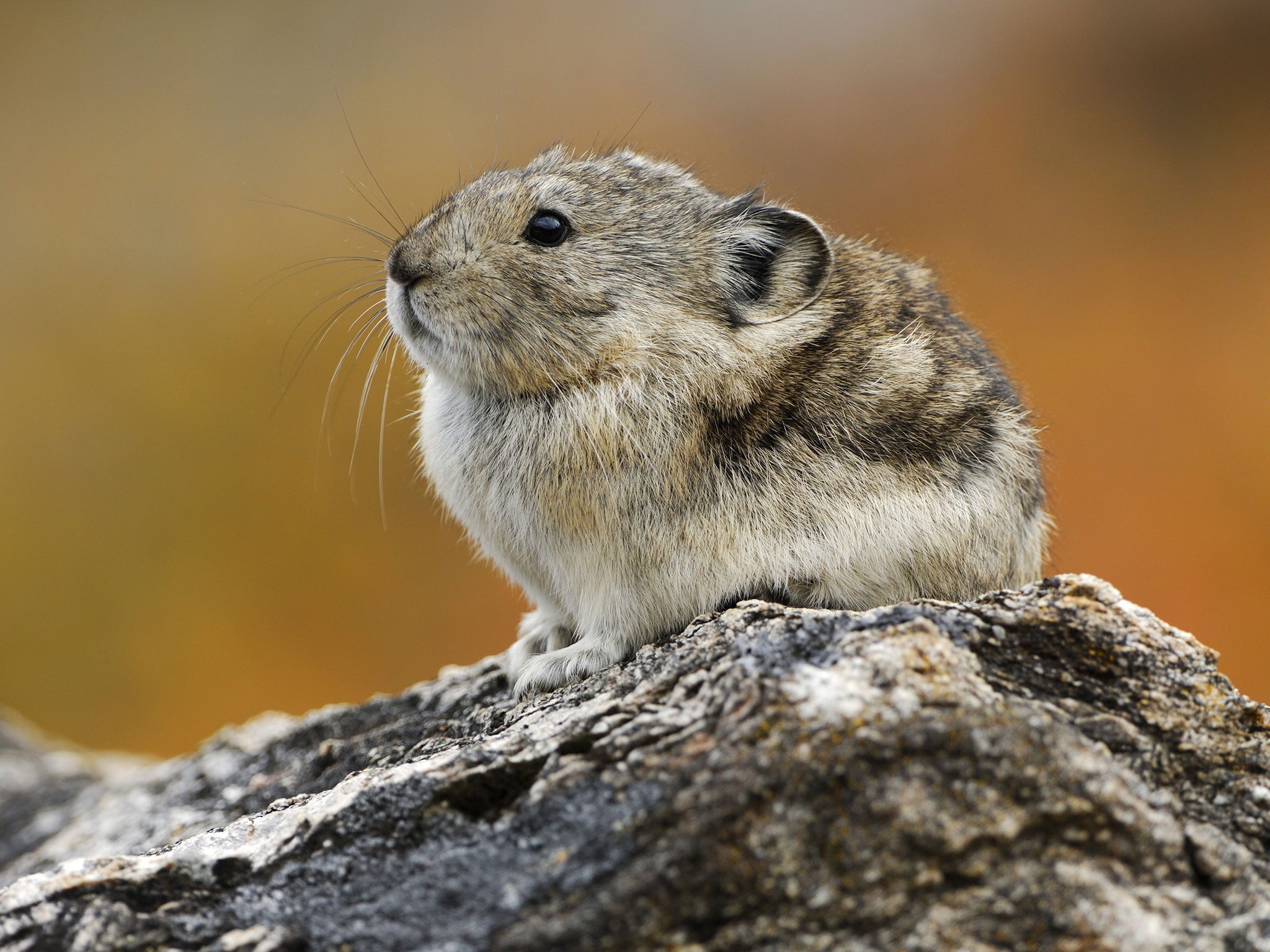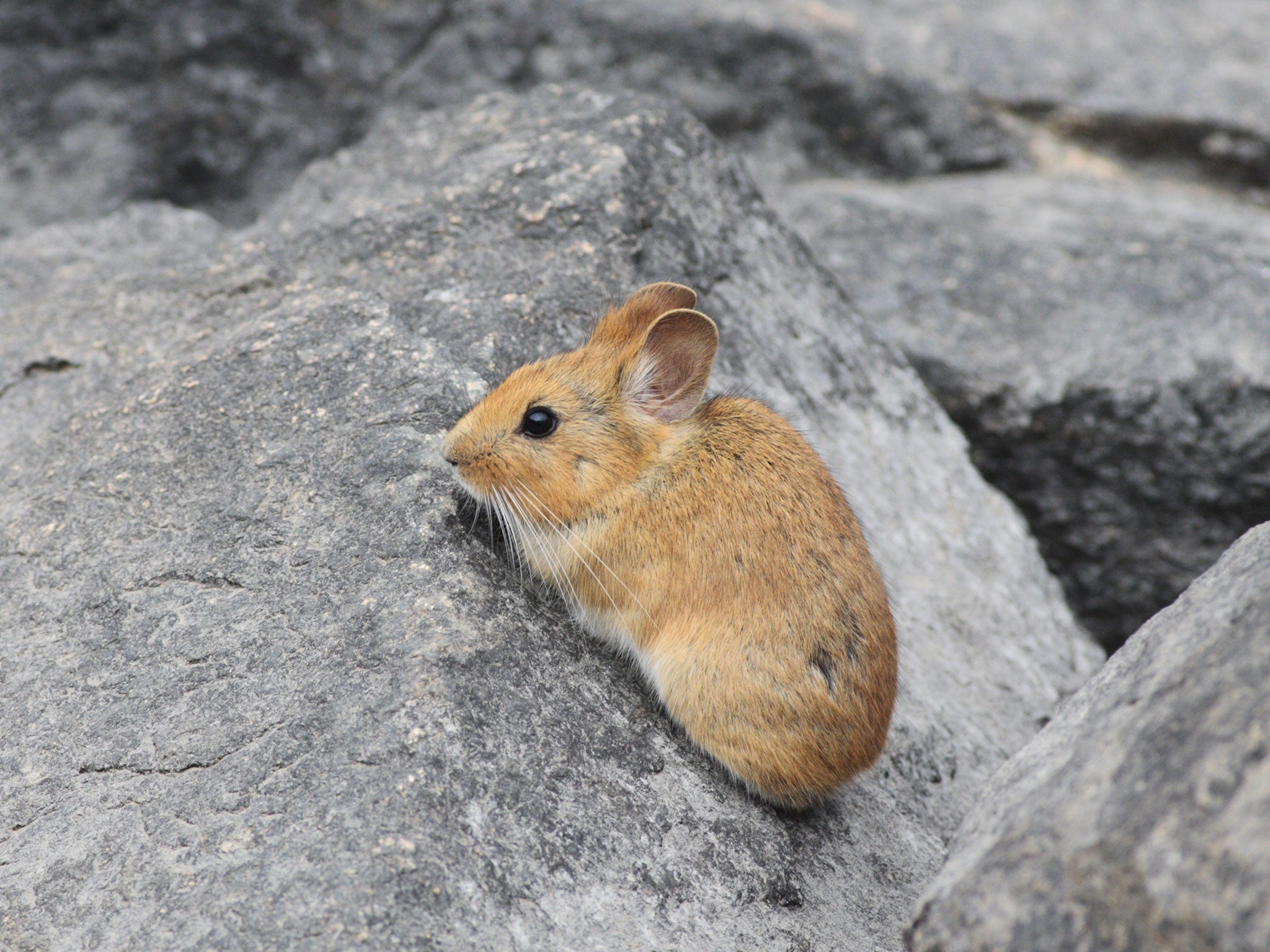China faces criticism from conservation scientists for attempts to exterminate real-life 'Pikachu' with mass poisoning
Ecologists hit out at classification of the mouse-like 'pika' as a pest – and say policy-makers are ignoring all the evidence in their favour

The Chinese government is trying to exterminate the animal that may well have inspired the much-loved Pokemon character Pikachu – despite repeated warnings from scientists.
The small, mouse-like “pika” lives in vast networks of burrows across northwest China on the Qinghai-Tibetan Plateau, but has been classified as a pest by officials who believe it has a damaging impact on grasslands.
According to researchers from Arizona State University, local authorities have been trying to destroy pika populations since 1958, when poisoning programmes were first sanctioned.
By 2006, almost 360,000 square km of land had been treated with zinc phosphate in China’s Qinghai province alone. The government then issued a huge grant for a new phase of poisoning which, as of the end of 2014, was scheduled to have targeted a further 110,000 square km – costing around $35 million (£22.8 million).

Yet aside from its cute appearance and cultural significance, Arizona State’s Maxwell Wilson and Andrew Smith say the small furry animal also provides benefits to the wider ecosystem.
In an article published in the journal Ambio last month, they claim that pikas move into land that is already degraded – rather than causing the degradation themselves.
Tests also showed that the pikas’ burrows improved water infiltration through the land, reducing the chance of surface flooding “particularly during summer monsoonal storms”, Wilson and Smith said.
The burrows provide homes for plateau birds and lizards on a terrain with few protective trees. “When pikas are poisoned, their burrows collapse and these bird species disappear or their populations are greatly reduced,” the report said.
And the poisoning programmes also mean less food for carnivores – which can have “knock-on effects to human populations” – all of which, Wilson and Smith said, makes the pika a “keystone species” for the plateau.

Wilson and Smith are not the first scientists to present evidence against attempts to wipe out burrowing mammals in the region – and the Mongolian government has now listened and stopped poisoning pikas.
So why does China persist with a programme that has killed countless thousands of the animals over seven different decades – with no calculable return?
The plateau is the source of 10 of the biggest rivers flowing into India, Nepal, Thailand, Pakistan, China and elsewhere – providing water to about 20 per cent of the world’s population.
This makes the ecology of the region incredibly important, and when land is degraded the government is put under pressure to do something – anything – even if it isn’t backed by scientists.
In 2006, Smith co-wrote a report with Australian pest control expert Lyn Hinds and US biologist Peter Zahler exploring how officials can ignore such clear evidence provided by conservation scientists.
“Scientists must take the next step of reaching out to policy makers through workshops, conferences, reports, and even community outreach and education to create a well-informed public who will encourage and support changes to public policy,” they wrote. “If we cannot learn to do this, then the value of our work for society will continue to be ignored.”
Join our commenting forum
Join thought-provoking conversations, follow other Independent readers and see their replies
17Comments